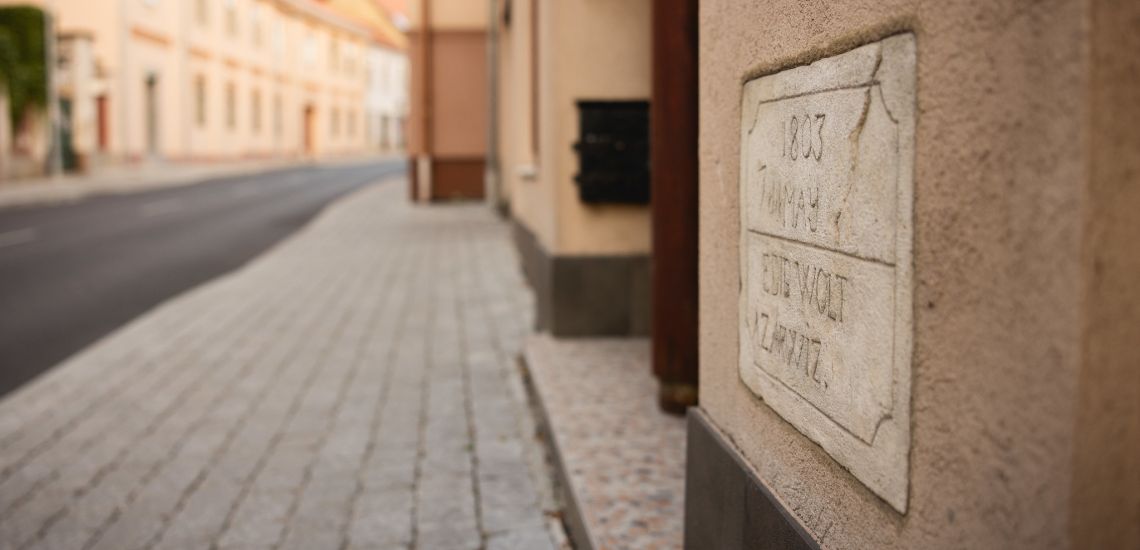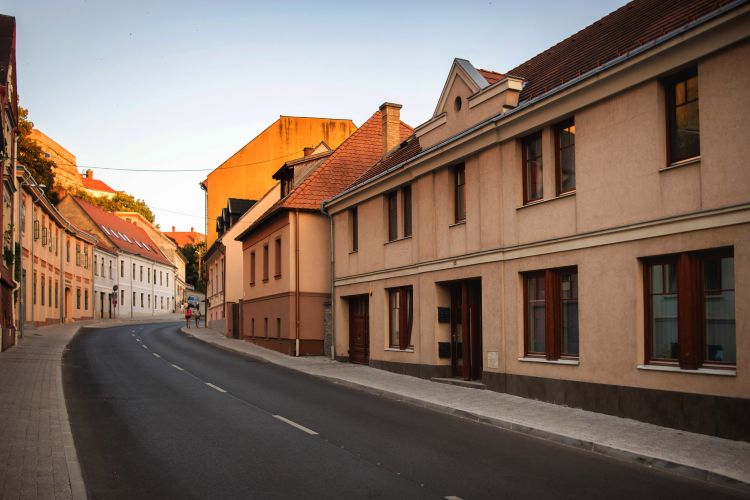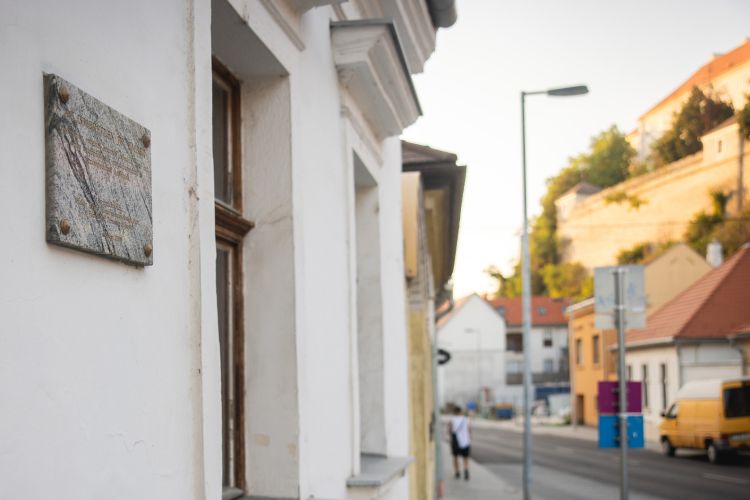
Veszprém is crossed by the Séd stream, a quiet little brook with shady banks, today a favoured destination for romantic couples.
That said, while the Séd is now known as a modest little stream, it was not always quite so peaceful.
In Veszprém, the wall of a house on Jókai Street bears a small plaque with a line carved in stone showing how far the Séd rose during the great flood of 1803.
Walking along the peaceful stream that flows through Veszprém today, one could scarcely imagine that nearly 220 years ago, the Séd caused a massive flood that killed 11 people. It swept away entire houses, leaving massive devastation in its aftermath. Over the centuries, heavy thunderstorms often caused the Séd River flowing through Veszprém to behave erratically, especially after snowmelt. There are records of floods in 1847, 1889, 1904, 1940 and even in the late 1950s, yet the greatest flood was in 1803, caused by a two-hour downpour that hit the town. One of the chapels was also flooded and the debris, gravel and mud that were carried by the flood caused extensive damage to the building and its surroundings. The greatest danger, however, was caused by the dislocation of the stone slab that closed off the crypt and the flooding of the burial site. The Veszprém County chief medical officer ordered the crypt to be walled off and Mass was suspended until the following May, due to the risk of infection.
Although the Séd is no longer prone to major floods, hotels and guesthouses in the valley still suffered significant damage from flooding, even in the 2000s.

